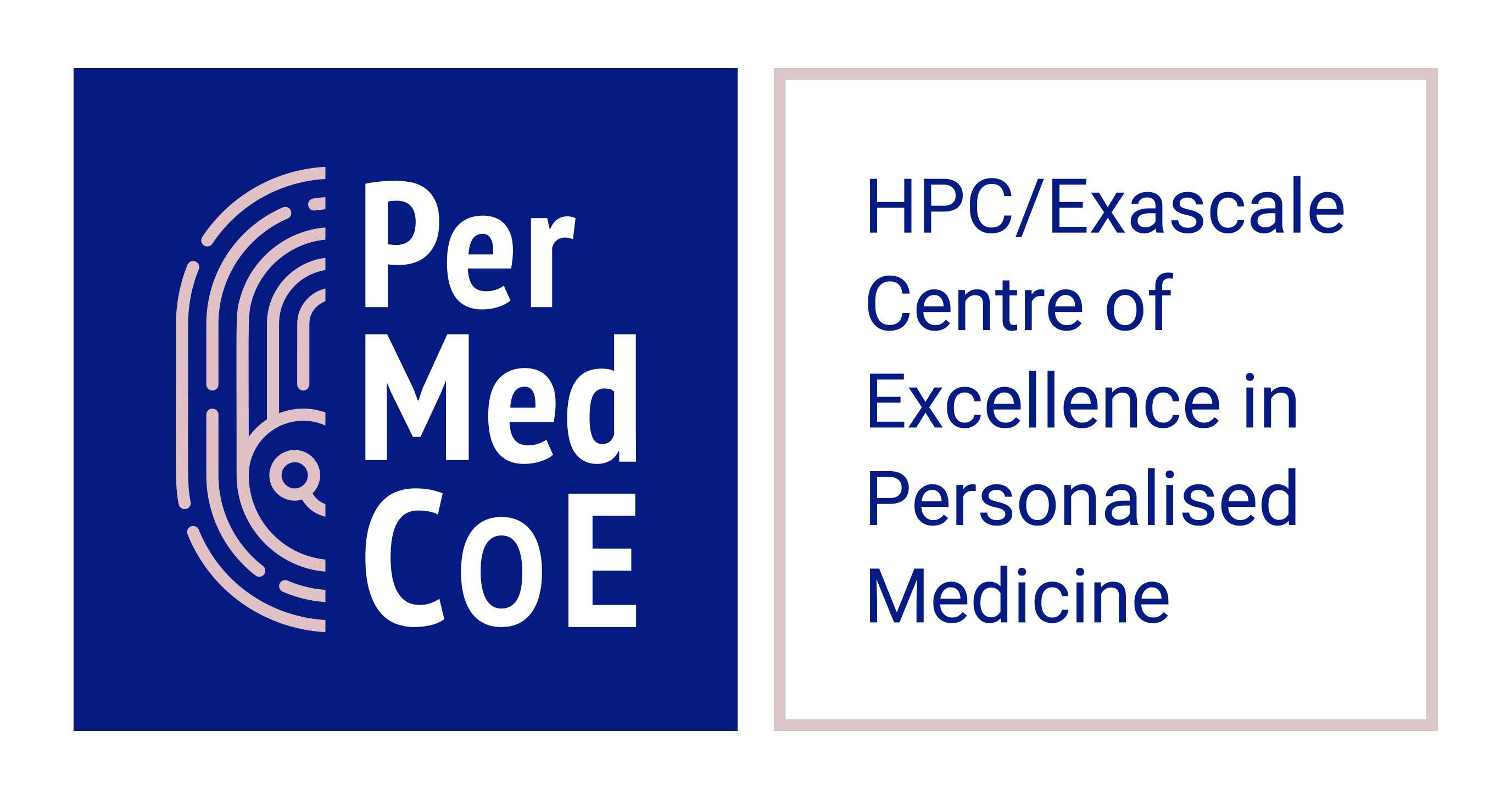Training materials
-
Recorded webinar
Complex Portal: from proteins to complexes
Molecular interactions, pathways and networks
-
e-learning
Reactome: Exploring biological pathways
Molecular interactions, pathways and networks Pathway database Systems biology Network analysis
-
Recorded webinar
Accessing fine-grained Molecular Interactions data with IntAct
Molecular interactions, pathways and networks Protein interactions
-
Recorded webinar
A guide to molecular interactions
Molecular interactions, pathways and networks
-
e-learning
IntAct: Quick tour
Molecular interactions, pathways and networks Molecular interaction data
-
Tutorial
Tutorial on CARNIVAL
 •• intermediateMolecular interactions, pathways and networks Gene expression Omics RNA-Seq Network analysis RNA-Seq analysis HPC Signaling RNAseq, transcriptomics
•• intermediateMolecular interactions, pathways and networks Gene expression Omics RNA-Seq Network analysis RNA-Seq analysis HPC Signaling RNAseq, transcriptomics -
Tutorial
Tutorial on CellNOpt
 •• intermediatePersonalised medicine Simulation experiment Molecular interactions, pathways and networks Transcription factors and regulatory sites Modelling and simulation HPC Biomodelling Signalling
•• intermediatePersonalised medicine Simulation experiment Molecular interactions, pathways and networks Transcription factors and regulatory sites Modelling and simulation HPC Biomodelling Signalling -
STRING exercises
 • beginnerBioinformatics Molecular interactions, pathways and networks Protein interactions
• beginnerBioinformatics Molecular interactions, pathways and networks Protein interactions -
Cytoscape stringApp exercises
 •• intermediateBioinformatics Molecular interactions, pathways and networks Protein interactions Proteomics Data visualisation
•• intermediateBioinformatics Molecular interactions, pathways and networks Protein interactions Proteomics Data visualisation -
EMBO 2015
Molecular interactions, pathways and networks Protein binding sites Bioinformatics Multiple sequence alignment Network visualization Protein protein interaction networks